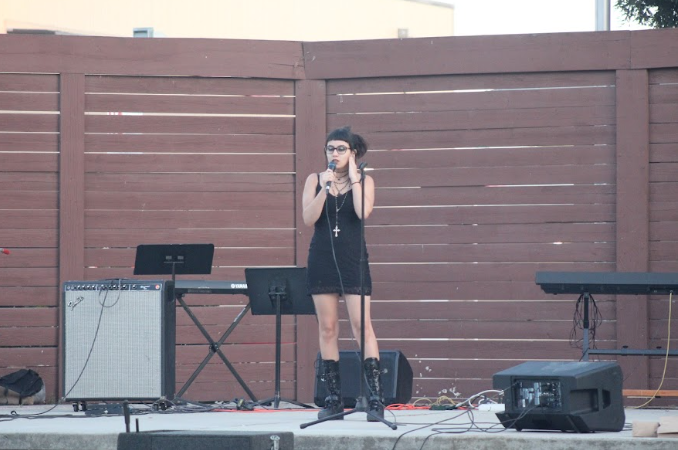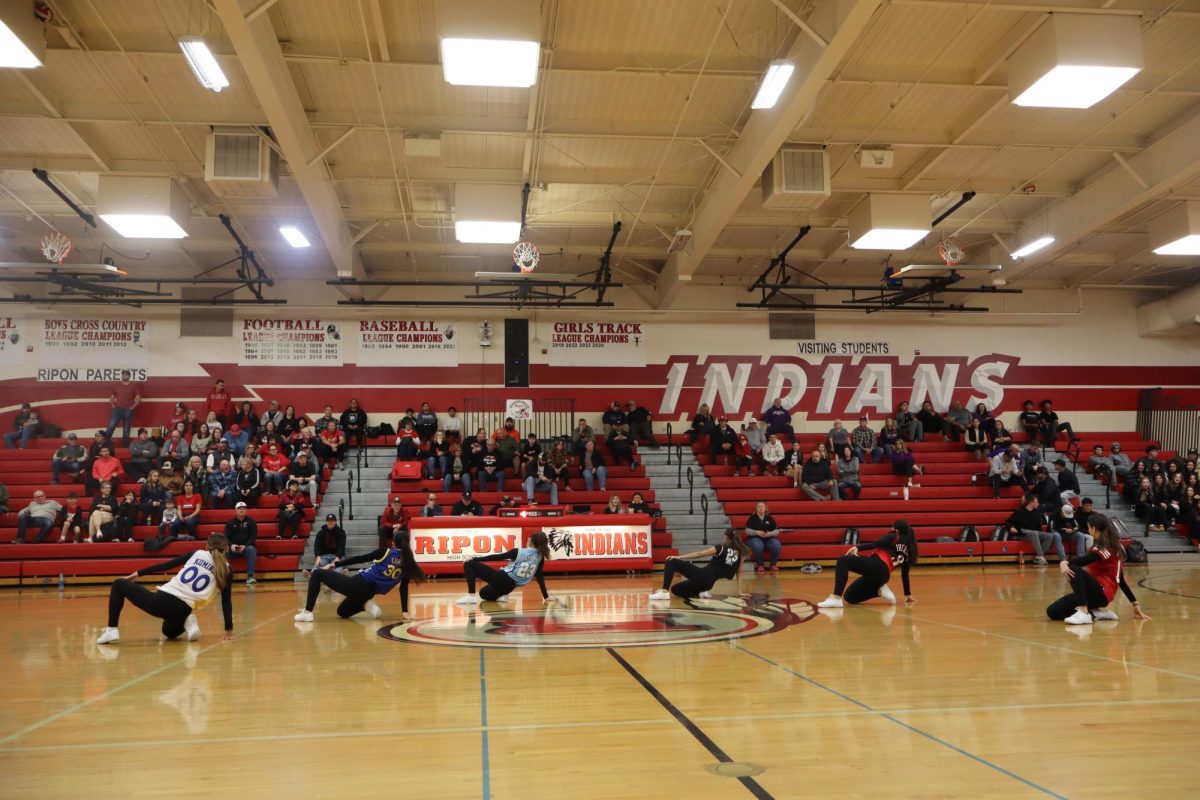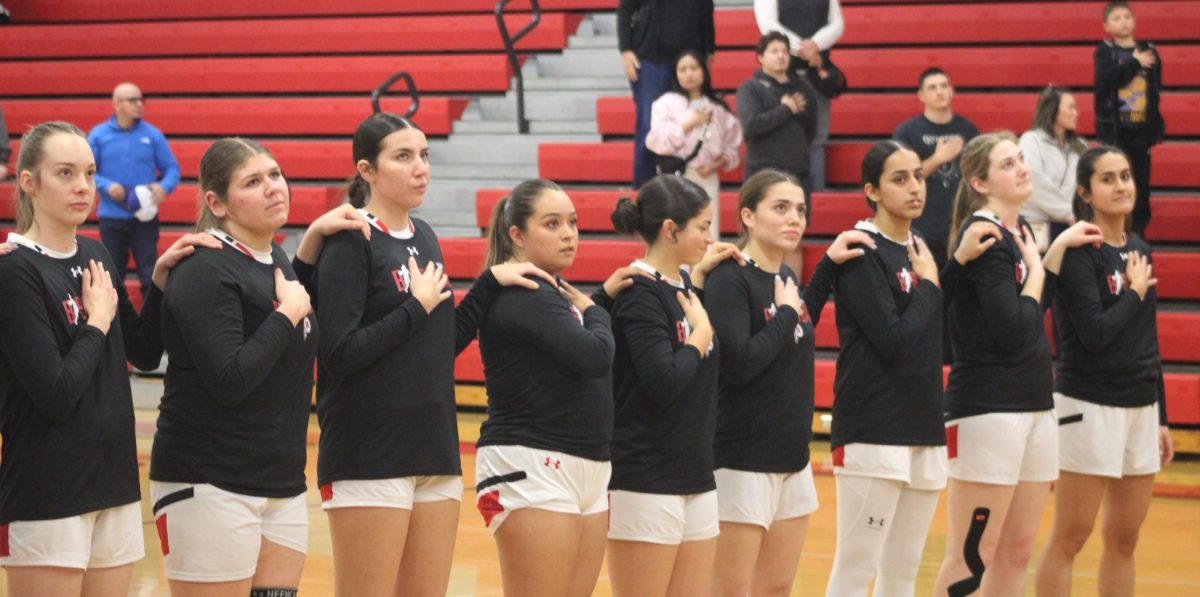Once a year on March 17th people from all over the globe dress themselves out in shades of green to observe St. Patrick’s Day. St. Patrick’s Day a day that began as a religious feast day for the patron saint of Ireland has become a worldwide festival celebrating Irish culture.
Who was St. Patrick? St. Patrick was a Christian missionary, bishop and a patron saint of Ireland. He was born in Roman Britain and at the age of 16 was captured by Irish raiders and brought to Ireland where he spent years working as a slave. He was finally able to escape where he returned home to England. He had dreams telling him to return to Ireland as a missionary. He began his training to become a priest where he was later sent to Ireland on a mission to convert the Irish to Christianity. He died in A.D. 461 on March 17, which became St. Patrick’s Day.
The most common St. Patrick’s Day symbol is the shamrock which was chosen Ireland’s national emblem because of the legend that St. Patrick had used it to show the belief of the Holy Trinity. The Trinity is the idea that God is really three-in-one: The Father, The Son and The Holy Spirit.
The color green, believe it or not the color of St. Patrick was not actually green, but blue. In the 19th century green became used as a symbol for Ireland. In Ireland there is so much rain and mist so the “Emerald Isle” really is green all year-round. Wearing the color green for most is considered an act of paying honor to Ireland and is said to bring good luck. It was many years ago that playful children began a tradition of pinching people who were not wearing green, that is still practiced today.
The first St. Patrick’s Day parade took place in the United States on March 17, 1762, when Irish soldiers serving in the English military marched through New York City. There are now more than 100 St. Patrick’s Day parades held across the United States; however New York and Boston are home of the largest celebrations.






